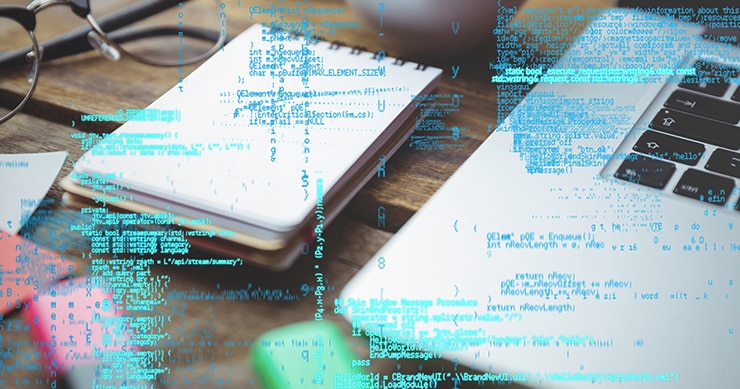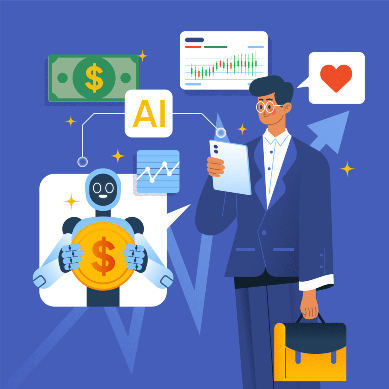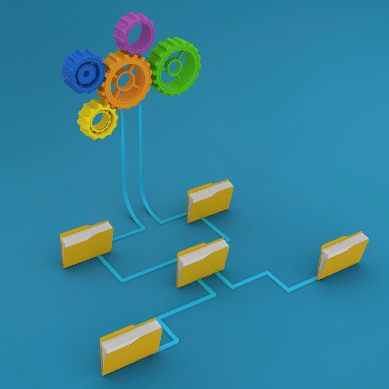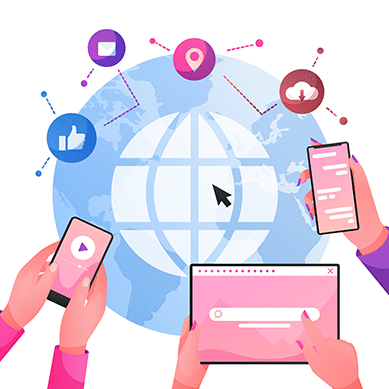When you mention the acronym “RMIS,” most people think of claims management in the insurance industry. But the use cases of RMIS software extend beyond, covering any instance where an organization might want to evaluate business risk, whether internally or with third-parties.
A company might want to check on its own legal compliance through RMIS software or it might do the same for its third-party vendors to decide on future partnerships. Either way, RMIS specializes in providing a centralized, holistic look at emerging risks and communicating those findings to everyone in the company.

What Is RMIS?
RMIS, which stands for “Risk Management Information System,” is the platform a company uses to collect data on its corporate risks and analyze its situation in order to make more informed business decisions regarding that risk. The capabilities of such a system might include:
- Incident reporting: Insurance companies, for instance, might be interested in the claims management tools provided by a company’s risk control system.
- Data collection: From vendor management to corporate policy, RMIS specializes in collecting risk-related data from across the organization and putting it together.
- Reports and analysis: Data isn’t useful unless it can be presented in a readable and comprehensible format. Only then can it be used to analyze risk holistically.
- Automation: Like any data-driven process, risk management benefits from automation to cut down on potential human error in manual data entry and handling.
The exact features of an RMIS depend on the industry they’re aiming to serve. From healthcare to manufacturing, risks vary depending on the market landscape, and which tools businesses in the field use to manage them consequently change as well.
Start Getting Value With
Centraleyes for Free
See for yourself how the Centraleyes platform exceeds anything an old GRC
system does and eliminates the need for manual processes and spreadsheets
to give you immediate value and run a full risk assessment in less than 30 days
What Are the Benefits of RMIS?
Risk management teams can no longer be considered low-level executives anymore. They operate an essential department in the business and must answer to stakeholders, auditors, and regulators often. An IT risk management system gives them the tools and information they need to get the job done right. Other benefits of RMIS include the following.
- Centralization: A large part of the appeal of RMIS is combining the data of separate systems together. Rather than working with multiple databases and spreadsheets, a business can consolidate all that risk data in one place for easy analysis.
- Risk reduction: Risk management in general matters more than ever with government regulation becoming more stringent and public perception of your business hinging more on your ability to manage risk.
- Ease of use: Risk managers don’t have to have IT experience to use modern RMIS software solutions, which feature user-friendly dashboards and compatibility with a wide range of personal devices like smartphones and tablets.
Risk is universal, so it’s no surprise that almost all types of businesses undergo the evaluation of risks, from transportation to manufacturing to healthcare.
The Appeal of RMIS Software
The “information system” portion of RMIS suggests that software can help optimize risk management practices in any organization. There are numerous benefits to using software-based management tools:
- Data handling: With vast amounts of information coming from multiple sources throughout the company, software is capable of collecting it all efficiently and highlighting irrelevant or erroneous data to clean up the analysis.
- Automated workflows: Once data is gathered, an RMIS software solution can generate reports on the fly and provide stakeholders with a risk dashboard to reference when making business decisions. In fact, it can notify any relevant party when the time comes.
- Visibility: Risk information is kept in the cloud and is accessible from any location on any device. The result is full, real-time visibility into the company’s risk posture for everyone.
- Cost efficiency: This type of software abandons the use of inefficient paper-based recordkeeping and addresses risks promptly before they become costly incidents. The ultimate result is saving precious time and resources.
This flexibility enables integrated risk management platforms to help their users achieve business agility in an ever-competitive landscape. RMIS software adapts to the evolving needs of the modern office and can even tailor itself to your organizations needs, risk landscape, and protection measures.
Start Getting Value With
Centraleyes for Free
See for yourself how the Centraleyes platform exceeds anything an old GRC
system does and eliminates the need for manual processes and spreadsheets
to give you immediate value and run a full risk assessment in less than 30 days





